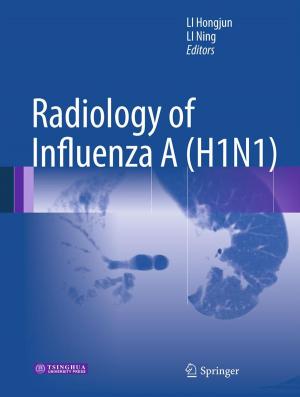Vapour and Trace Detection of Explosives for Anti-Terrorism Purposes
Nonfiction, Science & Nature, Science, Chemistry, Analytic, Physical & Theoretical| Author: | ISBN: | 9781402027161 | |
| Publisher: | Springer Netherlands | Publication: | November 6, 2012 |
| Imprint: | Springer | Language: | English |
| Author: | |
| ISBN: | 9781402027161 |
| Publisher: | Springer Netherlands |
| Publication: | November 6, 2012 |
| Imprint: | Springer |
| Language: | English |
The fast detection of explosives from the vapor phase would be one way to enhance the protection of society against terrorist attacks. Up to now the problem of detection of explosives, especially the location of explosives whether at large areas e. g. station halls, theaters or hidden in cars, aircraft cargo, baggage or explosives hidden in crowds e. g. suicide bombers or bombs in bags has not been solved. Smelling of explosives like dogs do seems to be a valuable tool for a security chain. In general different strategies can be adopt to the basic problem of explosive detection: • bulk detection • vapor detection Normally meetings cover both aspects and applications of the detection. Even though both methods might fulfill special aspects of a general security chain the underlying scientific questions differ strongly. Because of that the discussions of the scientists and practitioners from the different main directions are sometimes only less specific. Therefore the NATO Advisory Panel in Security-Related Civil Science and Technology proposed a small series of NATO ARW's which focuses on the different scientific aspects of explosives detection methods. This book is based on material presented at the first NATO ARW of this series in Moscow which covered the topic: Vapor and trace detection of explosives. The second ARW was held in St. Petersburg and treated the topic Bulk detection methods. The third workshop was held in Warwick and focused on electronic noses which cover a somewhat different aspect of vapor detection.
The fast detection of explosives from the vapor phase would be one way to enhance the protection of society against terrorist attacks. Up to now the problem of detection of explosives, especially the location of explosives whether at large areas e. g. station halls, theaters or hidden in cars, aircraft cargo, baggage or explosives hidden in crowds e. g. suicide bombers or bombs in bags has not been solved. Smelling of explosives like dogs do seems to be a valuable tool for a security chain. In general different strategies can be adopt to the basic problem of explosive detection: • bulk detection • vapor detection Normally meetings cover both aspects and applications of the detection. Even though both methods might fulfill special aspects of a general security chain the underlying scientific questions differ strongly. Because of that the discussions of the scientists and practitioners from the different main directions are sometimes only less specific. Therefore the NATO Advisory Panel in Security-Related Civil Science and Technology proposed a small series of NATO ARW's which focuses on the different scientific aspects of explosives detection methods. This book is based on material presented at the first NATO ARW of this series in Moscow which covered the topic: Vapor and trace detection of explosives. The second ARW was held in St. Petersburg and treated the topic Bulk detection methods. The third workshop was held in Warwick and focused on electronic noses which cover a somewhat different aspect of vapor detection.















